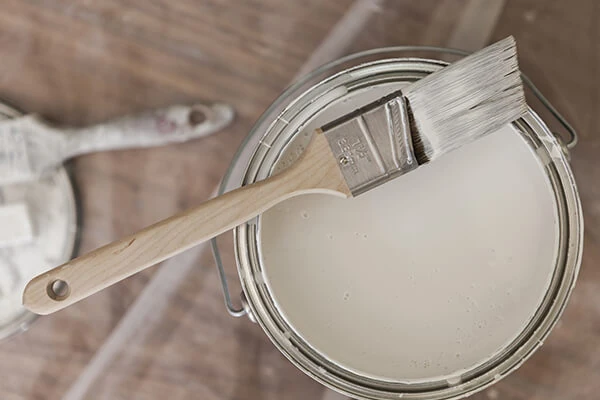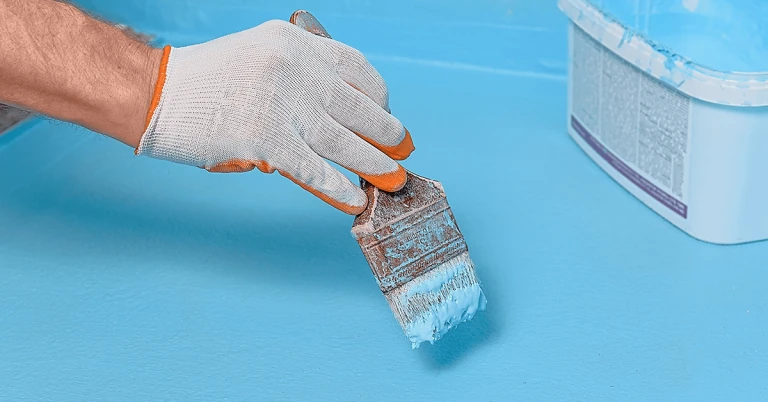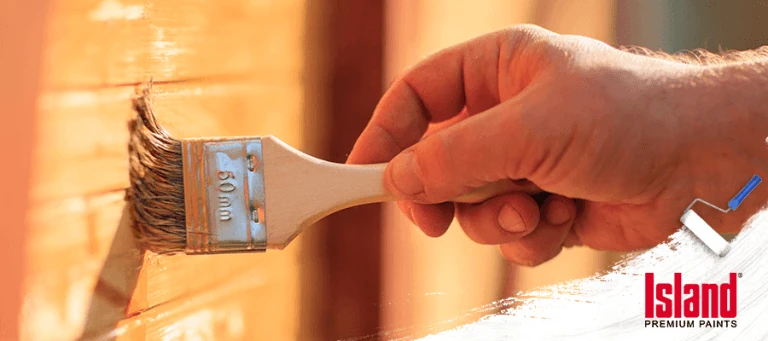Home Decorating Tips

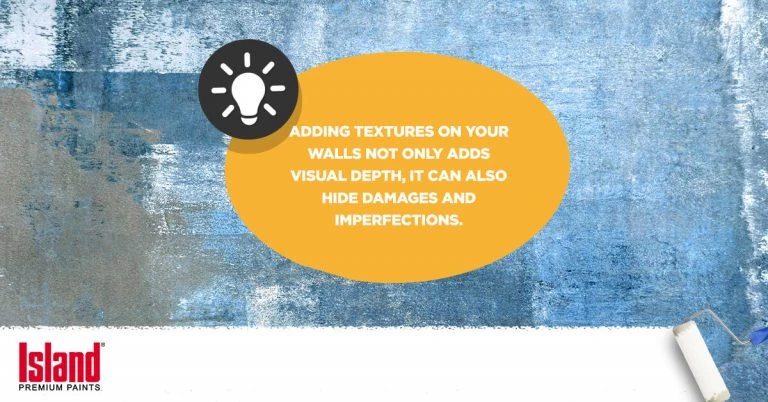
Home Decorating Tips, Project Guides
Playing with Paint: the Types of Textured Paint
Posted on October 1, 2020
Last updated June 18, 2025
When the topic of home paint makeovers come up, the first thing we usually think of is changing colors. But did you know that aside from updating colors, you can also dramatically change the look and feel of a space with textured paint? Here, we talk about what textures you can apply on your surfaces and the types of textured paint you can use to achieve them.
Why go for textured surfaces?
The mention of textured paint probably makes you think of retro style popcorn ceilings or the bumpy cottage-cheese style walls of the eighties. Those do certainly fall under the textured paint category but may turn you off on the whole idea.
Textured paint can actually help hide wall damage if you’re not able to redo your drywall, or if your walls have imperfections on them. Like say, if you’ve moved into an older home and the drywall isn’t so perfect and you can’t tear it down, you can add a texture treatment to it to give it a certain look.
With the right type of textured paint and application, it can also be used to create a wide range of faux finishes, from plaster to concrete.
Types of wall texture types and paints
Another great thing about wall texturing is that much like updating your wall colors, it’s not too difficult to do by yourself! It involves some degree of practice before actually deciding and applying the texture to a room in your house, but otherwise, it’s not as hard as one may think. Here’s a quick look at some popular wall texture types and how you can achieve them:
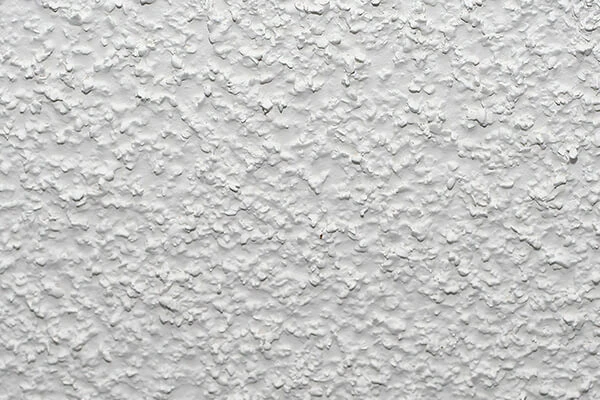
Popcorn ceilings
These were very popular in the 70s and can actually still be seen in many homes today. The reason behind its popularity is that it’s great for covering up imperfections and it also helps absorb sound between floors and walls.
Another great thing about this technique is that it’s very easy and affordable to do by yourself. You’ll need popcorn texture (a dry mix of drywall mud and polystyrene), an air compressor, and a hopper gun. Prime your wall or ceiling first, then mix the popcorn texture with water following package instructions. After securely covering all surfaces, spray on your desired surfaces. Once it has dried, it can be painted in any color.
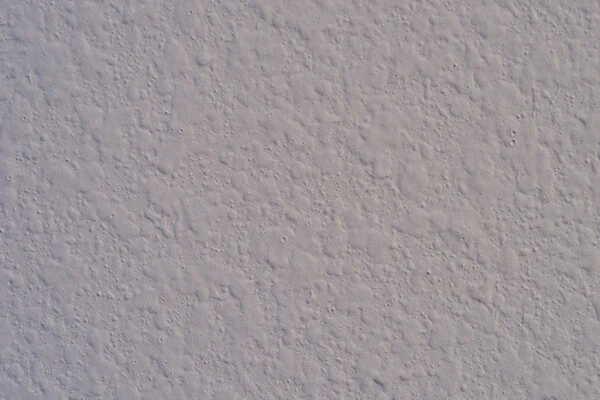
Orange peel
Just as the name suggests, the texture resembles the peel of an orange. For this texture, you’ll need to prime your walls ahead of time so the texture has a clean, smooth surface to stick to. Then, take your drywall compound, an air compressor, and a hopper gun with an air-adjustable valve. Mix your drywall compound with water until it has the thickness of pancake batter then pour it into the hopper. Test out and adjust the air valve on a sample piece, experiment with both heavy and light splatters until you get the pattern you want. Once you’re confident with your pattern, apply them to your walls. Prime and paint after drying.

Sand swirl
This technique is also quite popular, as it can add individuality to a room without drawing too much attention to itself. Sand swirling is easy to do with a compound called perlite (primer with sand mixed into it) and a 7-inch wide paintbrush.
First, hold the paintbrush by the base to give you more control. Dip the brush into the perlite, wiping it on either side of the bucket to remove loose drips. Then practice making swirl patterns on a spare piece of drywall until you get the pattern you like. Once you’re satisfied, move onto your wall and starting at the very top, make a big loop with an open bottom. Each row of the swirl pattern will cover up the bottom of the previous row. Apply swirls to a 5-foot section, dipping the brush into your paint after every swirl before returning to your starting point and dropping down one row. Continue until completed, then prime and paint after a 24-hour drying period.

Slap brush
This texture creates random patterns of thin lines that can add character to any room. This is also a great texture to go for if you’re not confident with a spray gun; all you will need is a roller, a slap brush, and drywall compound.
First, mix your compound with water until you get a thick consistency, then apply it evenly on your wall using a roller. Once you have two 5-foot-wide sections, take your slap brush and apply drywall compound to each side of the brush, and literally start slapping the first section with the brush. There isn’t a specific pattern to follow, so have fun and mix it up by changing angles. Repeat this process until you have completed the room, then prime and paint after 24 hours of drying.
Tip: finish off your textured wall with Island Paints Prima. Every stroke of Island Prima is formulated with high gloss, superior gloss retention, and good alkaline resistance. Available in a variety of finishes, as well as colors, Island Prima is a durable topcoat, ideal for surfaces inside or outside your home.
These are just some textured paint styles you can use to upgrade your room. A picture-perfect textured wall is definitely doable at home. Remember that with the right tools, the right paint, and a bit of practice, yes you can!
Our Products
Our line of high quality paints and products will give your home or project the vibrancy it needs.
Explore Colors
Ready to explore colorful possibiliies today? View our popular paint colo combination palettes for great color schemes and room design ideas for interior and exteriors.

